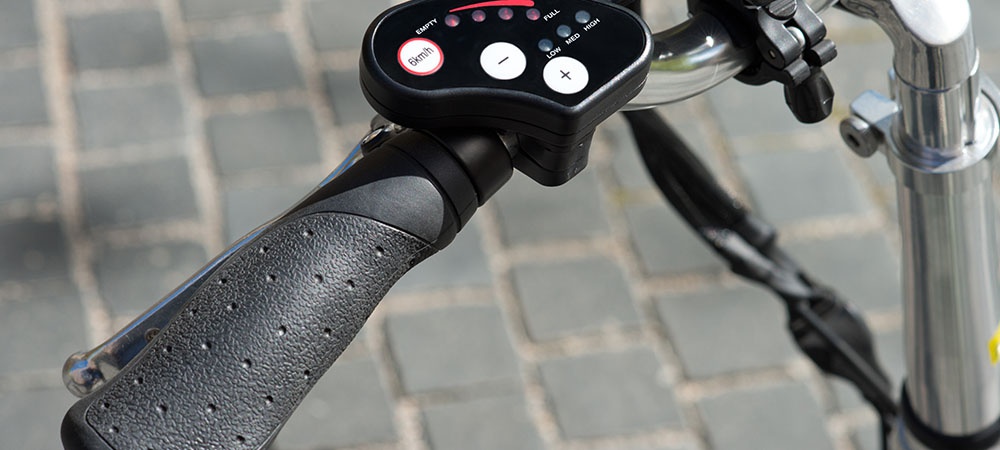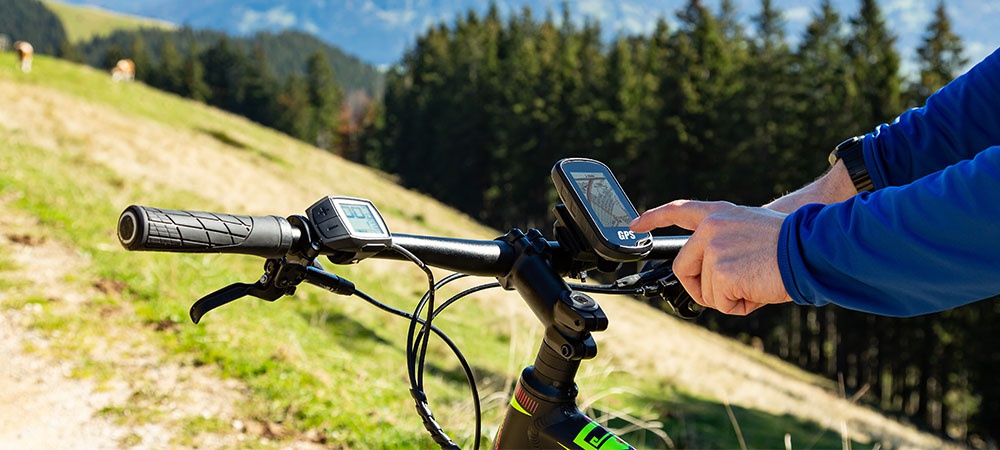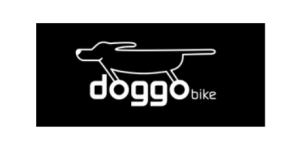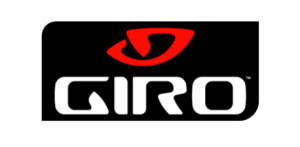Technology has been improving every aspect of our lives, and it is not surprising that technology has caught up with regular bicycles to create electronic bicycles (or e-bikes). An e-bike has an electric drive system which provides the rider extra power to make the ride easier.
Different technologies are employed in the different components of the electric drive system, and this results in different classifications of e-bikes.
Here we look at the different kinds of electric bike technologies in the market. By the end, you’ll be able to navigate the huge number of choices in the market to know what e-bike is right for you. Let’s get started!
How Do E-Bikes Work?
An electronic bike is a regular bike with an electric drive system. The electric drive system is made up of an electric motor, battery, sensor, controls, and display.
The electric motor draws power from the battery to assist the pedalling effort of the rider. That is, you ride an electric bicycle the same way you ride a regular bicycle. However, when riding an e-bike, the motor gives you extra power, allowing you to cruise faster and farther with less effort.
Different E-bike Technologies
To make e-bikes more efficient, different technologies are employed in the different components of the electric drive system. The result is a wide variety of electric bikes.
When considering e-bikes, you’ll find that they differ in motor, controls, sensors, battery, and display. The different e-bike technologies are:
- Pedal-assist vs throttle e-bikes
- Torque sensors vs cadence sensors e-bikes
- Hub-drive vs mid-drive e-bikes
- Lithium vs lead acid battery e-bikes
- Compact display vs full on-board computer e-bikes
Here we’ll give you a breakdown of each of these to give you a clear idea of the technology found in electric bikes.
Pedal-Assist Vs Throttle E-bikes
Based on their power delivery system (how you control the power from the motor), there are two kinds of electric bikes, pedal-assist e-bikes, and throttle-controlled e-bikes.
Pedal-Assist E-Bikes
The pedal-assist e-bike technology creates systems that deliver power from the motor when you pedal.
That is, when you pedal, the motor transmits power to the wheel or the crank, making your pedalling easier. But when you stop pedalling, the power shuts off, as the motor stops transmitting.
Many power-assist e-bikes allow you to control the power that the motor delivers when you pedal. You can use buttons on the LCD display on the handlebar.
Pedal-assist, which are also called pedelec, are the most common types of e-bikes. They allow riding in high gear, which makes them suitable for riding up steep hills.
Throttle Controlled E-Bikes
The throttle-controlled e-bike technology is similar to that of a motorcycle or scooter. The motor supplies power when you engage the throttle. Thus, whether you are pedalling or not, you can engage the throttle to get power from the motor to move the bike forward.
The throttle also allows you to control how much power the motor supplies. However, because of the similarity between throttle-controlled e-bikes and motorcycles, they are not allowed in many places.
Where they are allowed, the regulations are stricter. For example, you may need a license to use them.

Torque Sensors Vs Cadence Sensors E-Bikes
The pedal-assist e-bikes rely on sensors to tell the system that you are pedalling so that the motor can transmit power. There are two sensor system technologies for pedal-assist e-bikes, torque sensors, and cadence sensors.
Cadence Sensor Pedal-Assist E-Bikes
The cadence sensor e-bike technology determines if you are pedalling to know when to transmit power from the motor.
The cadence system works like a switch. When you start pedalling, it notices and engages the motor, and when you stop pedalling, it also notices and disengages the motor.
The system uses a sensor (attached to the bike’s frame near the bottom bracket) and magnets (attached to a disc on the crank). When you start pedalling, the magnet passes the sensor, and when you stop pedalling, the magnet will no longer pass the sensor. This is how the system determines whether or not you are pedalling to engage or disengage the motor.
The cadence sensor system is relatively simple and inexpensive, allowing manufacturers to offer it in low-end e-bikes. However, the cadence sensor pedal-assist e-bikes feel less intuitive.
Many of the systems provide a constant amount of power no matter how hard you pedal, while those that adjust to pedalling speed do that sluggishly.
Torque Sensor Pedal-Assist E-Bikes
Torque sensor e-bike technology determines if and how hard you are pedalling to know when and how much power to transmit from the motor.
Torque systems use a precision strain gauge to measure the amount of force you apply to the pedals. Based on your pedalling force, the system calculates how much power the motor should transmit.
Thus, the power the motor supplies to assist your pedalling is relative to the amount of force you apply to the pedal. The harder you pedal, the more power is transmitted, and when you stop pedalling, the power shuts off.
Since a torque system supplies power proportional to your pedalling effort, it makes e-bikes feel more intuitive. However, being that torque sensors are more advanced than cadence sensors, they are relatively expensive and feature in higher-end e-bikes.
Hub-Drive Vs Mid-Drive E-Bikes
Based on the technology applied for the motor, there are two main kinds of e-bikes – hub drive and mid-drive e-bikes.
Hub-Drive E-Bikes
Hub-drive e-bike technology places the motor in one of the bike’s hubs. When the motor is engaged, it spins the wheel where it is mounted to propel the bike forward, operating independently of the bike’s gear.
There are two types of hub-drive e-bikes:
Front Hub Motor E-Bikes – The motor is located in the hub of the front wheel. The front hub motor e-bikes provide the all-wheel drive sensation as your pedalling propels the back wheel while the motor propels the front wheel.
The front hub motor e-bikes distribute weight better. Bikes have more weight on the rear, so having the motor in the front hub balances the bike’s weight to improve ride quality.
Front hub motors offer an easier route to converting a regular bike to an e-bike. They are also easier to maintain. First, the front wheels have fewer flats. Secondly, removing the front wheel to fix flats is easier than removing the back wheel because the chain does not get in the way.
However, front hub motor e-bikes may have traction problems on some surfaces.
Rear Hub Motor E-Bikes – In rear-hub motor e-bikes, the motor is located in the hub of the rear wheel. Unlike front hub motors that work with only throttle-controlled bikes, rear hub motors work with both pedal-assist and throttle-controlled e-bikes.
Bicycle frames are designed to handle higher torque at the back than in the front, so rear hub motor e-bikes can handle higher power options.
However, the rear hub motor e-bikes are more difficult to install and maintain because the drivetrain gets in the way.
Mid-Drive E-Bikes
The mid-drive e-bike technology places the motor in the center of the bike, between the pedals. The motor transmits power to the rear wheel through the chain.
Since mid-drive e-bikes take advantage of the bike’s gears, they allow you to change the gear ratio to keep the motor operating in its comfort zone no matter the terrain. Thus, mid-drive e-bikes are better suited for off-road use.
Mid-drive e-bikes also have a better range than their hub-drive counterparts. As the motor is in the middle of the bike, the mid-drive motor e-bikes have better weight distribution than either hub-drive motor e-bikes. It is also easier to change your tires or repair flats, as you will not need to remove the motor.
For these reasons, mid-drive motors feature in high-end premium e-bikes.

Lithium Vs Lead Acid Battery E-Bikes
The battery is one of the most important components of an e-bike, as it stores the electrical energy that powers the motor. In fact, the battery is the most expensive component of an e-bike.
There are two types of e-bike battery technology, lithium and lead-acid.
Lead-Acid Battery E-Bikes
Lead-acid was the first type of rechargeable battery developed and is the battery technology used in most cars. The battery consists of a porous lead negative electrode dipped in dilute sulfuric acid.
Lead acid batteries were popular in e-bikes in the early days of the two-wheelers. Thus, you’ll find them in older e-bikes.
They are larger and heavier than their lithium counterparts. Also, they do not last long and will need to be replaced after only 200-300 charge cycles.
The only advantage that lead-acid batteries have over their lithium counterparts is that they are inexpensive. For this reason, they feature low-end e-bikes.
Lithium Battery E-Bikes
Lithium batteries are relatively advanced rechargeable batteries in which lithium ions move from positive to negative electrodes and vice versa. It is the same battery technology used in phones.
The lithium batteries are relatively light and compact. They charge in 4-6 hours and last a long time (500 – 2000 charge cycles before needing to be replaced).
Lithium battery technology is the choice option for e-bikes today, with most of the e-bikes in the market using lithium-ion (Li-ion) or Lithium Polymer (LiPo) batteries.
Compact Display Vs Full On-Board Computer E-Bikes
E-bikes come with a display screen, which is similar to a car’s dashboard. The screen shows important information about the ride, such as battery power and speed. It also contains buttons to tweak settings, like choosing the pedal-assist level, control lighting, etc.
There are no official classifications of e-bikes based on the display screen. However, the e-bikes in the market have display screens falling into one of two categories, compact display, and the full on-board computer.
Compact Displays
Compact displays are minimalist and show only a few data points, particularly the current speed. Many compact displays do not have actual screens, only featuring a control unit with LEDs. Compact displays are popular in mountain e-bikes.
Full On-Board Computers
Full onboard computers are smart systems that show a ton of information to make rides better. In addition to showing basic ride info, the onboard computers usually have integrated navigation functions, route calculation, GPS, Wi-Fi, and more.

Final Thoughts
E-bikes are increasing in popularity in the cycling industry, as more and more people embrace them. Different technologies are applied in the different components of the electric drive system of these bikes, creating different classifications of these e-bikes.
As a result, choosing an e-bike can be overwhelming. Should you go for pedal-assist or throttle-controlled, hub-drive or mid-drive, torque sensor pedal-assist or cadence sensor pedal-assist, lithium battery or lead-acid battery e-bikes?
Hopefully, this article guides you in choosing an e-bike that suits your needs.




















